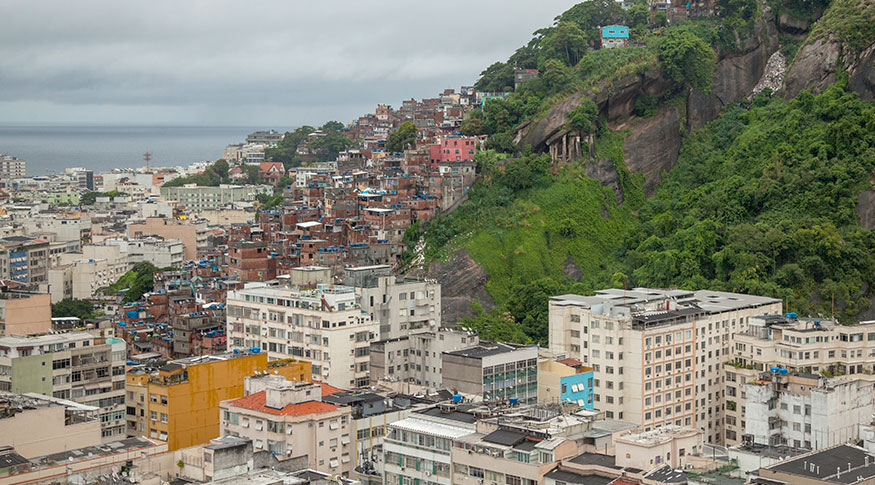Profile of the Brazilian Municipalities
Natural disasters: 59.4% of municipalities lack risk management plans
July 05, 2018 10h00 AM | Last Updated: July 05, 2018 03h26 PM

Of the 5,570 Brazilian municipalities, more than half (59.4%) did not count on instruments for planning and managing risks in 2017. Only 25% of them had a Master Plan including the prevention of floods and downpours and 23% reported to have a Land Use and Occupation Law predicting such situations.
According to the Profile of the Brazilian Municipalities - Munic 2017, released today by the IBGE, the proportion of municipalities affected by natural disasters is higher in the urban areas, as a result of the construction of houses, roads and other works that interfere in the drainage of rainfall and in the erosive processes. Of the municipalities with more than 500 thousand inhabitants, 93% were hit by floods and 62%, by landslides. Rio de Janeiro was the state that reported the highest percentage of municipalities hit by landslides (57.6%). Of the 53 municipalities hit, 44 were located in hillsides and 35 in areas of irregular occupation.
Drought was the disaster that affected most of the Brazilian municipalities: 2,706 or 48.6%, followed by floods (31%) and downpours (27%). The Northeast Region had 82.6% of its municipalities affected, particularly Ceará, in which such proportion hit 98%, Piauí (94%), Paraíba (92%) and Rio Grande do Norte (91%). The other disasters were more frequent in the South Region, in which 53.9% of the municipalities were hit by floods, 51% by downpours, 25% by landslides and 24.5% by accelerated erosion.





















